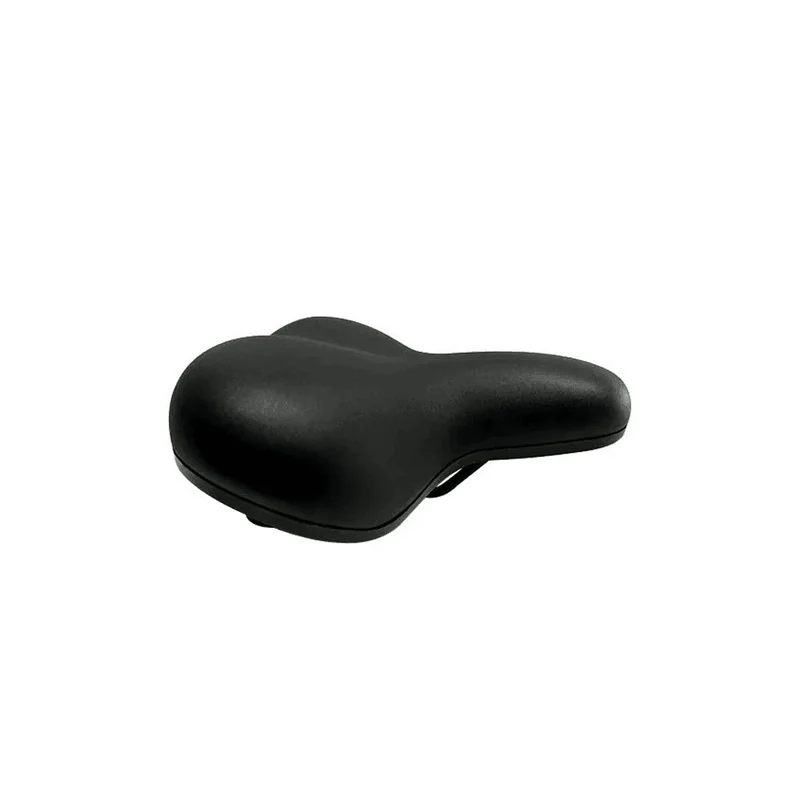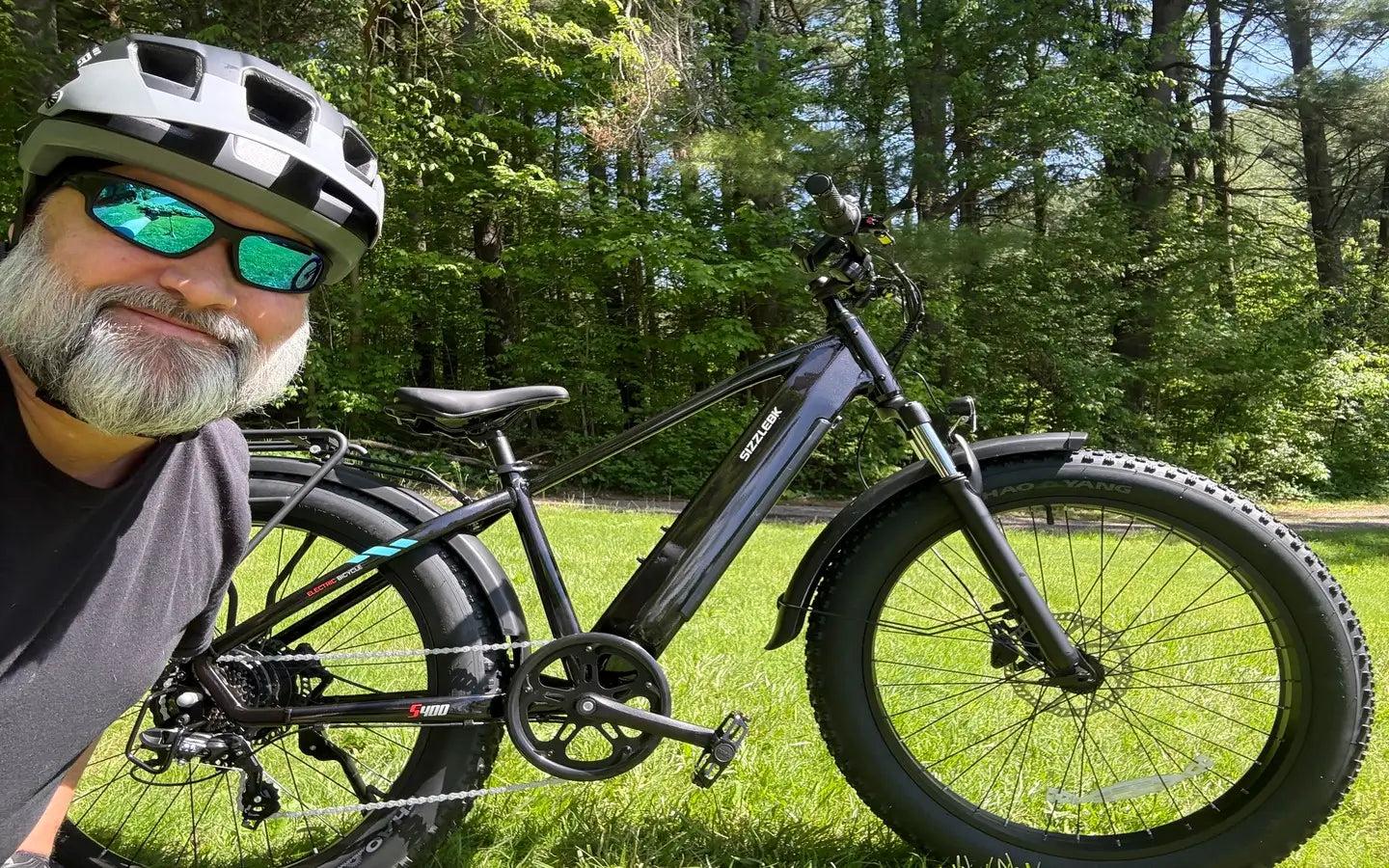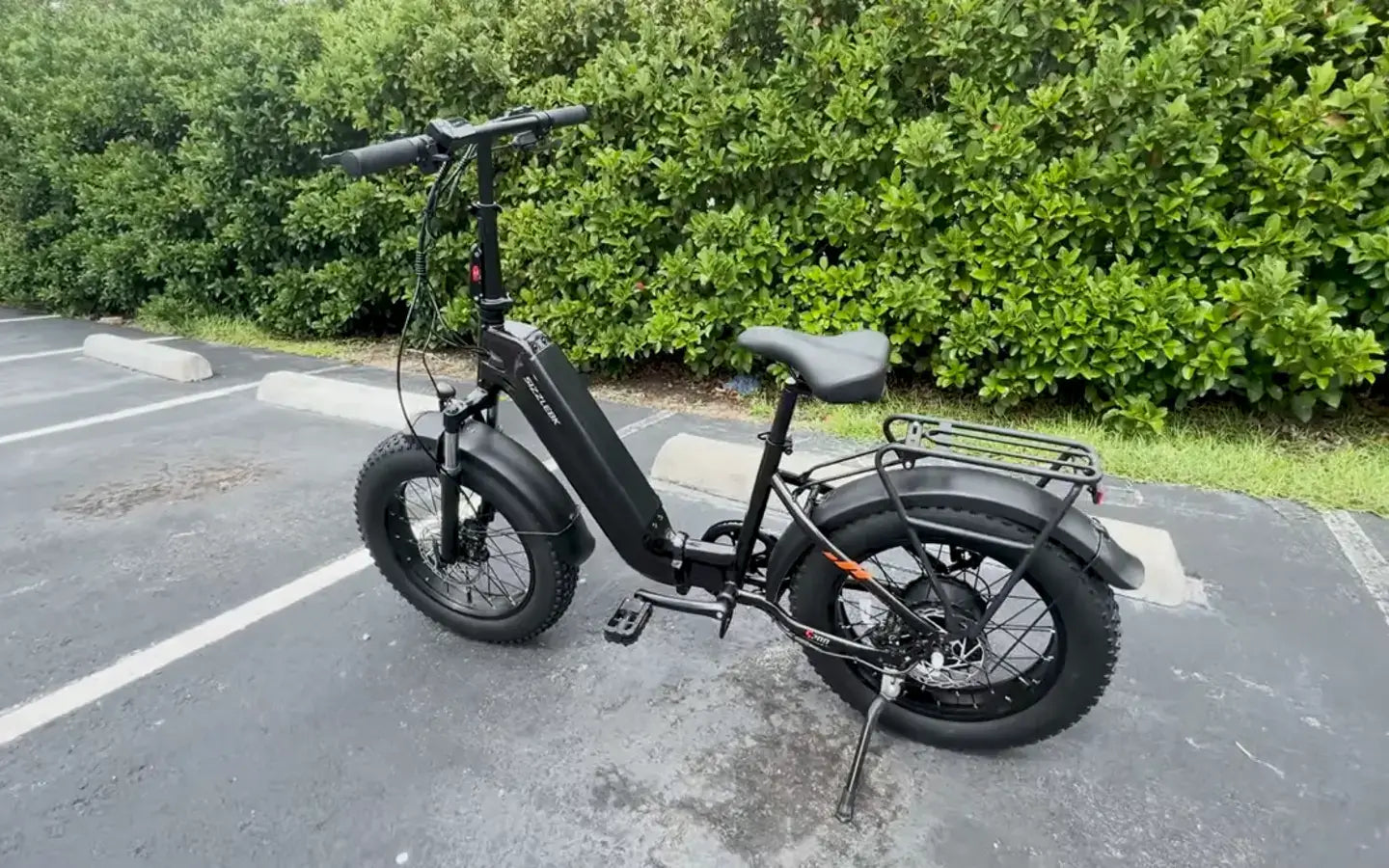Electric bikes (e-bikes) are transforming commutes, errands, and adventures across the United States. If you’ve ever wondered, "How does an ebike work?" or "What makes it different from a regular bike?" – you’re not alone. Understanding the mechanics behind how electric bikes work empowers you to choose the right model, maximize your ride, and join the e-mobility revolution with confidence.
The Core Components: Your E-Bike’s Anatomy
Every electric bike integrates these five essential parts working in harmony:
The Motor (The Powerhouse)
Function: Converts battery power into mechanical assistance.
Impact: Determines acceleration, hill-climbing ability, and ride feel.
Types & Placement:
Hub motor: installed in the front or rear wheel hub. Pros: Simple, quiet, low-maintenance. Cons: Can slightly affect handling; doesn't leverage bike gears directly. How it works: Spins the wheel it's housed in.
Mid-Drive Motor: Mounted at the bike's bottom bracket (pedal area). Pros: Uses the chain/gears for natural, balanced feel; superior hill climbing; optimal weight distribution. Cons: More complex, potentially higher maintenance/cost. How it works: Drives the crankshaft, multiplying your pedaling torque through the gears.
The Battery (The Fuel Tank)
Function: Stores electrical energy (typically Lithium-ion).
Key Metric: Watt-hours (Wh) = Volts (V) x Amp-hours (Ah). Higher Wh = Longer Range Potential.
Range Estimates:
250Wh: 15-30 miles
500Wh: 30-60 miles
750Wh+: 45-80+ miles
Lifespan: 500-1000 full charge cycles (to ~80% original capacity).
Charging: Typically 3-6 hours for a full charge.
The Controller (The Brain)
Function: The central nervous system. It manages power flow from the battery to the ebike motor based on sensor input and your selected settings.
The Sensors (The Nervous System)
Pedal Cadence Sensor: Detects if and how fast you're pedaling. Simpler, more common. Activates motor when pedaling starts.
Torque Sensor: Measures how hard you're pedaling. Delivers power proportionally to your effort. Result: A natural, "super-legs" feeling (premium feature).
Brake sensor: Cuts motor power instantly when the brakes are applied.
Display & Controls (The Dashboard)
Function: Your interface. Displays information such as speed, battery charge, distance traveled, assist level, etc.
Controls: Adjust assist level, turn lights on/off, cycle data screens.

The Magic: How Pedal-Assist (PAS) Actually Works
Pedal-Assist is the heart of the electric bike how it works experience. It’s an elegant fusion of human power and electric boost:
Engagement: You start pedaling.
Sensing: The cadence or torque sensor detects your input.
Signal: The sensor sends data to the controller.
Processing: The controller checks your chosen assist level (e.g., Eco 1 to Turbo 5).
Power Delivery: The controller sends the precise amount of power from the battery to the ebike motor.
Assistance: The motor engages, amplifying your pedaling effort.
Torque Sensor: Harder pedal push = More motor power.
Assist Level: Higher level = More power per pedal stroke.
Cut-off: Power stops when you stop pedaling, hit the brakes, or reach the bike's max assisted speed (usually 20 mph or 28 mph).
Why PAS is Revolutionary:
Intuitive: Feels like a natural extension of your power.
Efficient: Maximizes battery range by linking motor output to your effort.
Exercise-Positive: You are always pedaling and getting activity.
Control: Tailor the assistance to your needs – gentle nudge or hill-crushing boost.
Throttle: On-Demand Power (Optional)
Some electric bikes (primarily Class 2) feature a throttle (twist grip or thumb lever):
How it works: Engage the throttle to signal the controller to power the motor without pedaling.
Use Cases: Starting from stops (especially on hills/with cargo), maintaining speed without pedaling (e.g., in traffic), brief rest.
Consideration: Drains battery faster than PAS. Key point: Throttle adjustment varies by location and e-bike class. Always check local laws.

Understanding US E-Bike Classes: Know the Rules
US regulations define three e-bike classes based on max speed and operation:
Class 1: Pedal-Assist Only. Motor cuts off at 20 mph. Allowed where traditional bikes go (paths, lanes, trails).
Class 2: Pedal-Assist + Throttle. Motor (via PAS or throttle) cuts off at 20 mph. Generally allowed with Class 1, but throttle use may be restricted on specific paths.
Class 3: Pedal-Assist Only. Motor cuts off at 28 mph. Helmets & age restrictions common.
Essential: E-bike laws (where classes can ride, helmets, age, licensing) vary by state, county, and city. Please consult your local transportation department before riding.
Maximizing Your Range: How Far Can You Really Go?
Advertised range is an estimate. Actual range depends on:
Battery Capacity (Wh): The #1 factor. Higher Wh = More potential.
Assistance Level: High levels (Turbo) drain the battery much faster than Eco mode.
Rider Weight & Cargo: Heavier loads require more energy.
Terrain: Hills, headwinds, rough trails, and soft surfaces drastically reduce range vs. flat pavement.
Tire Pressure: Under-inflated tires increase rolling resistance.
Temperature: Cold weather (<50°F/10°C) reduces battery performance/capacity. Store batteries indoors in winter!
Riding Style: Smooth, steady pedaling beats aggressive acceleration/braking.
Tips for maximizing your miles:
Use assist levels of Eco and Tour on the flats
Be sure that your tires are at the recommended PSI
Shift gears effectively (more important with mid-drive motors)
Reduce aerodynamics (e.g., don’t use heavy backpacks)
On routes where you need range, try to plan your route with fewer steep hills.
For long rides, consider bringing an extra battery, if you can.

Understanding how electric bikes work unlocks their true potential
From the seamless synergy of the ebike motor, battery, sensors, and controller, to the intuitive feel of pedal-assist and the importance of knowing your e-bike class, this knowledge transforms you from a passive rider to an empowered user.
Whether you seek an effortless commute, the ability to conquer challenging hills, extended adventures without exhaustion, or simply the joy of riding farther and more often, the technology behind the electric bike delivers. It’s sustainable, efficient, and undeniably fun transportation.
Electric Bike FAQs: What Riders Ask Most
Q: Can you ride an e-bike without pedaling?
A: Yes – if your e-bike has a throttle (typically Class 2 models). However, this will drain the battery faster than using pedal-assist mode.
Q: What’s the difference between a hub motor and a mid-drive motor?
A: A hub motor drives the wheel directly, while a mid-drive motor delivers power through the bike’s chain and gears. Mid-drives excel at hill climbing and provide better weight distribution.
Q: How long does an e-bike battery last?
A: Most lithium-ion e-bike batteries offer 500–1,000 full charge cycles, typically lasting 2–4 years with regular use.
Ready to Experience How an E-Bike Works?
Explore our range of pedal-assist and throttle-equipped Sizzlebk ebikes designed for every rider and terrain.
Related Articles:
→ Electric Bike Motor: Your Complete Guide to Powering Your Ride
→ Ebike Battery Charging Best Tips: How to Extend Your Battery Life and Avoid Costly Mistakes













